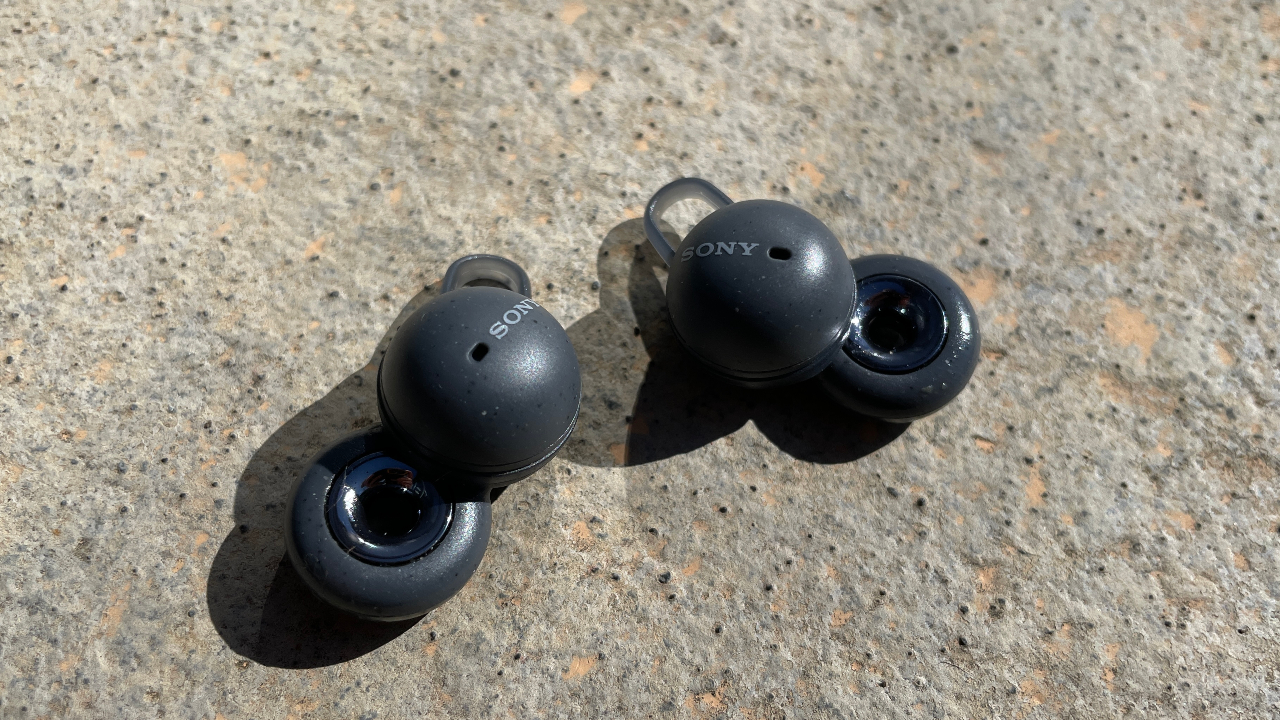Our Verdict
The design of the Sony LinkBuds makes them an excellent option for runners and cyclists who want more awareness during their exercise, but it does limit their appeal in other situations.
For
- Open design for more awareness
- Responsive controls
- Secure fit
Against
- Lacking bass
- Can be hard to hear in loud environments
You can trust Coach
The design concept behind the Sony LinkBuds is that there are many life situations where you may want to listen to music or other audio while remaining aware of your surroundings. That could be because you’re running or cycling in a busy area, or sitting at your desk surrounded by colleagues you don’t want to inadvertently ignore if they strike up a conversation. The LinkBuds present an elegant and effective solution to this, and I rate them among the best sports headphones – though the sound quality is affected by the emphasis on awareness.
Sony LinkBuds Review: Price And Availability
The LinkBuds are available on the Sony website for £149, which is £50 cheaper than Sony’s top-of-the-range WF-1000XM4 truly wireless buds, which have an in-ear fit and active noise cancellation.
Design And Fit
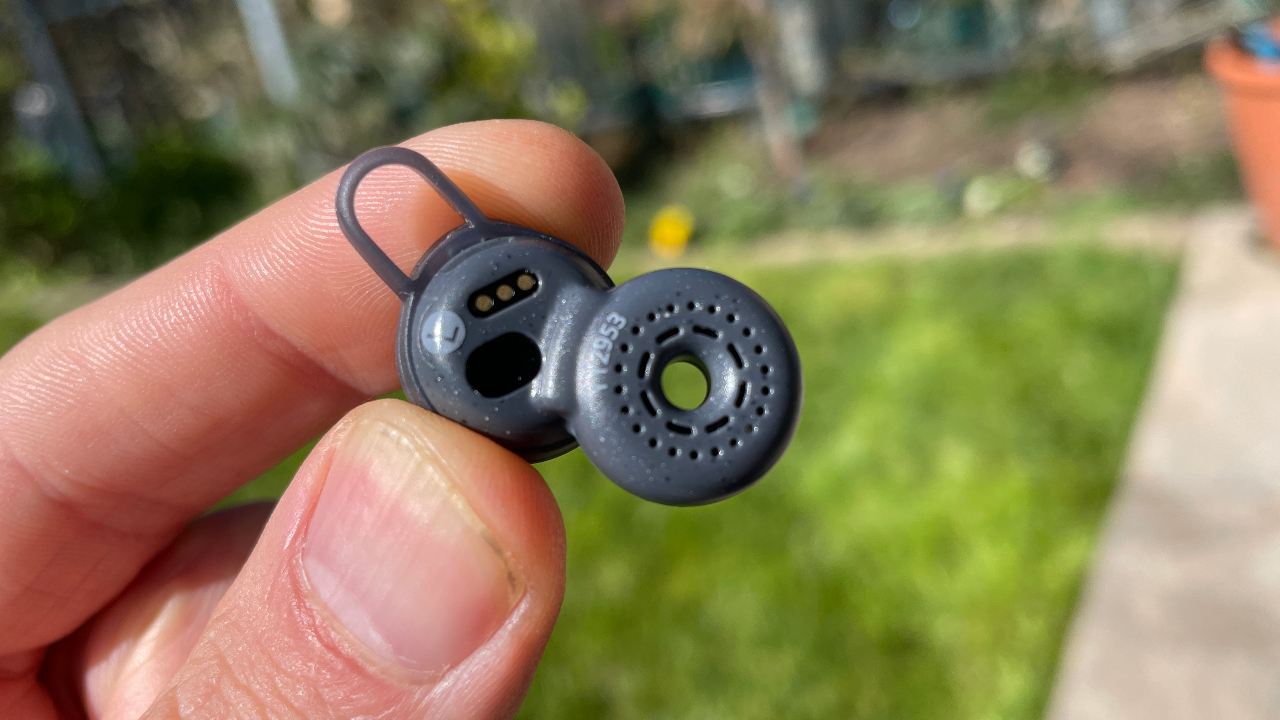
The stand-out feature of the LinkBuds’ design is the hole in them. The open ring leaves your ears clear so you can hear sounds around you. Although the level of awareness is not as high as when wearing bone conduction headphones, I found it similar to options such as the Shokz OpenRun.
There’s a 12mm driver in the ring to power the sound and the LinkBuds come with five sets of silicone wings for a secure fit. I opted for a large set of these to ensure the headphones wouldn’t budge during runs and cycles and was pleased to find that even though the wings did press into my ear they didn’t become uncomfortable, even when wearing the LinkBuds for several hours at a time.
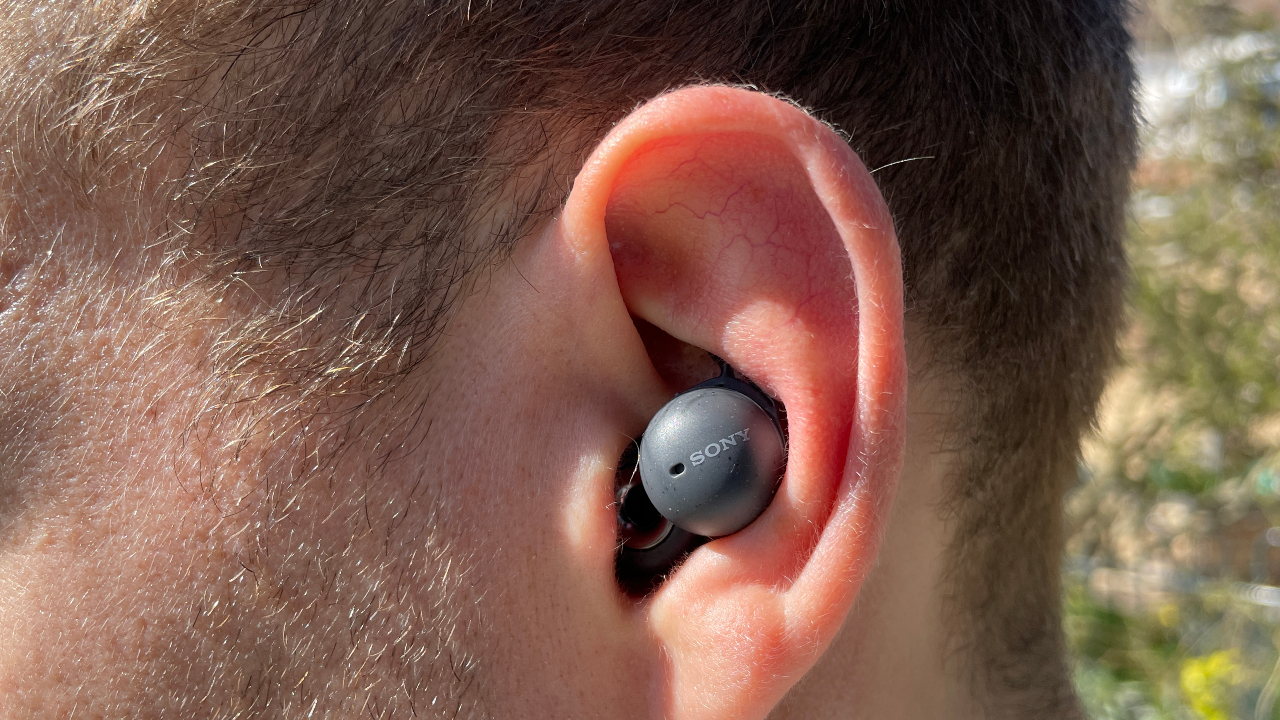
The fit is a strong point for the LinkBuds, which have a barely-there feel while staying in place reliably. That’s helped by the lightness of the buds, which are 4.1g apiece. The case is also pleasingly small, and one helpful feature is that you push to click the headphone into place within it, so you know they are seated properly and charging. Sometimes truly wireless buds don’t sit properly in their case and so don’t charge ahead of their next use.
The LinkBuds have an IPX4 water resistance rating, which means they are splashproof and won’t break in the face of sweat and rain during workouts, but they are not fully waterproof like some sports headphones.
Sound Quality
Before the LinkBuds, there were a couple of ways to stay aware of your surroundings while using headphones: an in-ear pair with a transparency mode that filters in external sounds or bone-conduction headphones that leave your ears clear.
Both have drawbacks. In my experience, transparency modes don’t create as much awareness as open designs and they can end up sounding “windy” when running or cycling. Bone-conduction headphones are great for awareness, but the sound quality is often relatively poor.
I was hoping the LinkBuds would offer a middle ground, with more awareness than from transparency modes and better sound quality than bone conduction headphones. The good news is they do; the bad news is while the awareness is great, the sound quality is closer to bone-conduction headphones than in-ear ones.
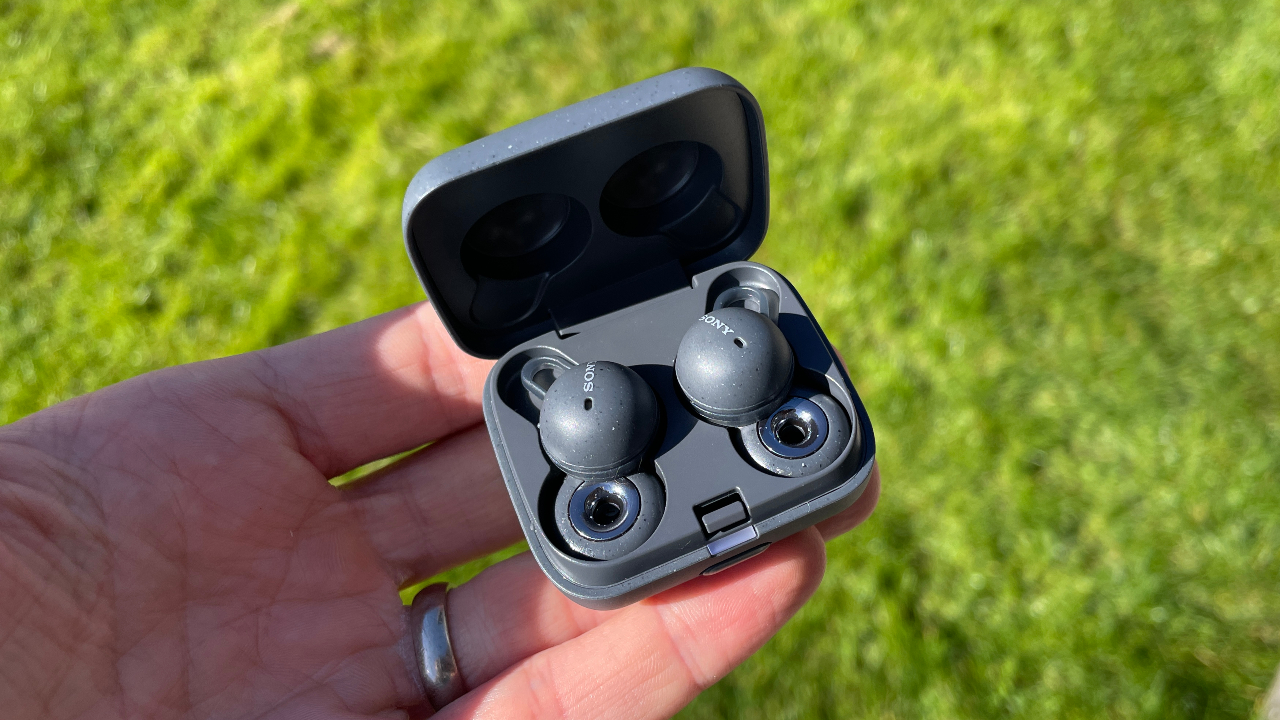
When outside in particular you don’t get much bass, even with the bass boost EQ mode activated in the partner app. It can also be hard to hear lower ranges in loud environments, whether you’re on a busy road or at a windy running track.
The sound is clear and rich, and the LinkBuds are enjoyable to use in general life as well as during workouts, but it does lack power. In fact even much cheaper in-ear headphones outperform the LinkBuds because they’re able to offer a tight seal and passive noise cancellation: the Apple AirPods 3 have better sound and their design allows you to hear a good amount of external noise, though not as much as the LinkBuds.
There are many occasions when the awareness you get is a worthy trade-off for the reduced sound quality, though, and I’d rank the LinkBuds among the best running headphones because of the secure fit, open design and better-than-bone-conduction sound quality.
Controls
I often complain about controls on truly wireless headphones, so it’s worth highlighting when a brand does them well, and Sony has done so here by acknowledging that it’s hard to create buttons or touchpanels that are easy to use on small buds. These headphones will register when you tap on your cheeks near your ears – you don’t have to hit the buds themselves.
This works well, and the LinkBuds also quietly beep two or three times to register your taps so you know they’ve landed. Each headphones has two control options – for two or three taps – and you can choose what these do in the partner app. I have play/pause for two taps and skip for three on the right bud, and volume up/down for the taps on the left bud, for example.
There are automatic options you can use, including adaptive volume control that will adjust volume based on how noisy your environment is and automatic play/pause when you take the headphones in and out. Another great inclusion is speak-to-chat, where playback automatically pauses when you talk. This is effective when starting up a conversation, though I kept setting it off when singing along to music, so I had to turn it off.
Battery Life
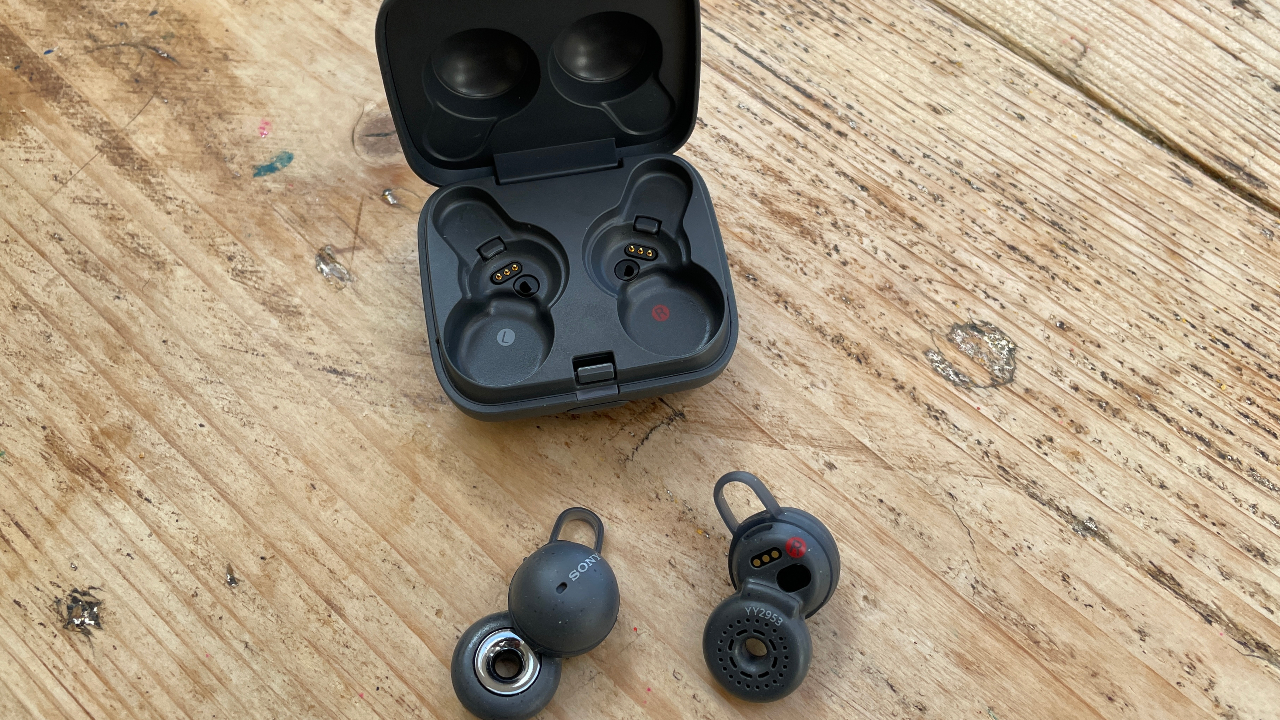
The LinkBuds provide 5.5 hours of battery life, with another 12 in the case. The latter is below par for truly wireless headphones cases, but the LinkBuds case is tiny and therefore it’s understandable. A 10-minute charge will net you 90 minutes of playback in a pinch, and you can get notifications from the partner app when the case drops below 30%.
It would be great to have more battery life because you can wear these headphones all day given their comfort and the awareness they offer, but 5.5 hours is enough for general and sports use.
Are The Sony LinkBuds Worth It?
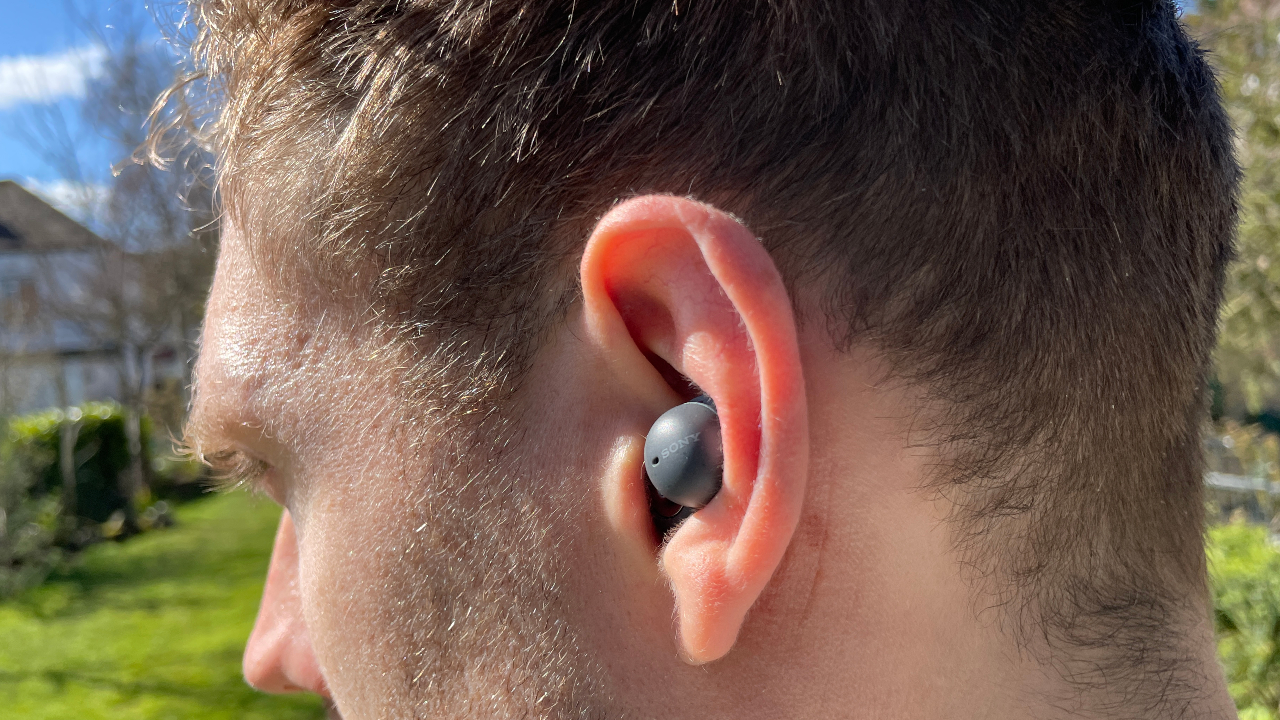
The design of the LinkBuds will make them perfect for some people, and I think runners and cyclists who want open headphones that are smaller and sound better than bone-conduction headphones will love them. As a keen runner I think they’re terrific and have them as my go-to option for daily training in the city, especially as I often listen to podcasts on the run where the drop in sound quality isn’t so noticeable.
But there’s no doubt you’ll be compromising on sound quality, so if awareness isn’t a priority there are better and cheaper options like the £120 Jabra Elite 4 Active. They offer great sound and ANC, plus a transparency mode to hear your surroundings when needed.
I’d also consider the Apple AirPods 3, which offer a balance of awareness and sound quality that’s tilted more towards the latter than the LinkBuds. You don’t hear as much of the sound around you with the AirPods, but they don’t block out as much as in-ear buds.

Nick Harris-Fry is a journalist who has been covering health and fitness since 2015. Nick is an avid runner, covering 70-110km a week, which gives him ample opportunity to test a wide range of running shoes and running gear. He is also the chief tester for fitness trackers and running watches, treadmills and exercise bikes, and workout headphones.
